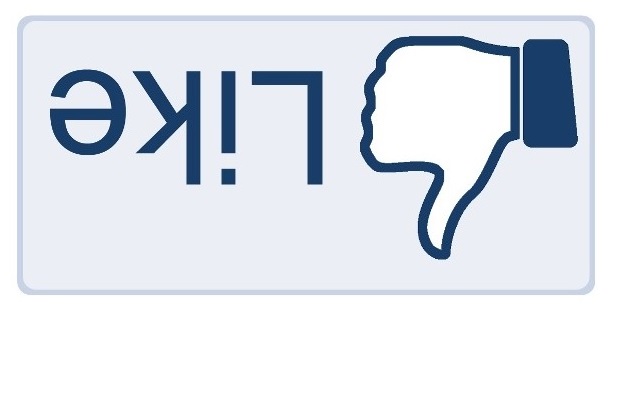Facebook is finally launching a ‘dislike’ button, following years of demand for the feature, designed to help users to “express empathy” with their friends.
The social network’s users have long pointed out the thumbs-up ‘like’’ button is not suitable for certain status updates, such as bereavements or other bad news.
Around 4.5bn likes were generated daily as of May 2013, according to the social network.
Facebook founder Mark Zuckerberg said: “If you are sharing something that is sad, then it may not feel comfortable to ‘like’ that post. It’s important to give people more options than just ‘like.’
But he said a ‘dislike’ tool was “surprisingly complicated” to develop.
“We don’t want to turn Facebook into a forum where people are voting up or down on people’s posts,” he said.
Beware of the trolls
Speaking to Sky News, Facebook’s trust and safety manager Emily Vacher said the new button was not an encouragement to trolls.
She said: “We certainly don’t want (trolling) on Facebook. We want it to be a place where people feel welcome and feel the warmth and sharing the information in their community. It may end up that it’s not technically a dislike, it may be empathy.”
“It’s something that we’re testing right now because we want people to be able to express themselves in the way that they feel most comfortable on Facebook.”
Impact on advertising- richer data or semantic minefield?
For years, Facebook has resisted creating a ‘dislike’ button, fearing that it could fuel bullying or negativity. It could also prove a headache fir advertisers, who could see their sponsored posts and fan pages ‘downvoted’ by disgruntled customers, activists or rivals.
Whether the new button says “dislike” or “disagree” the development is going to get the attention of social-media marketers.
It could result in better content and better creative.Regular users and brands will have think twice about what they post.
Facebook’s already rich in marketing data, because users so often express their personal interests on the platform. Another layer of emotion-based stats like this could give brands a better way to gauge social sentiment.
[poll id=”9″]
